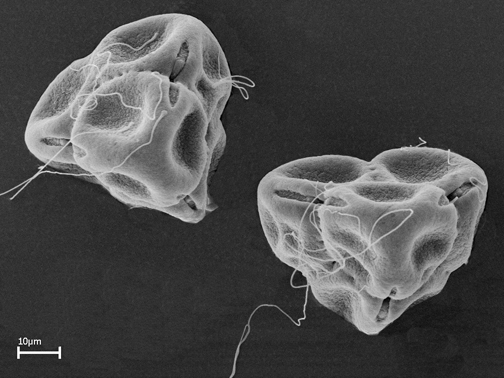| General Description | An invasive species in the United Kingdom. A spreading shrub with very dense foliage, growing up to 5 m in height. |
| ID Characteristic | Suckers often, forming an impenetrable wall of foliage. Thick glabrous leaves, large clusters of pink-purple flowers. Forms a 'canopy' of foliage at the top of the plant. |
| Shape | Low growing dome. |
| Landscape | Informal hedge. Will provide a beautiful display of pink flowers which are very appealing. It is not recommended for use unless it is kept in check by trapping it between a house wall and a concrete pathway. |
| Propagation | Seeds germinate easily without any special treatment to break dormancy, tissue culture, and cuttings taken preferably in late July-August for specific cultivars. Cuttings should be treated with alcohol for 5 seconds, placed in a well drained media and misted. |
| Cultivation | Enjoys conditions with lots of rainfall and well drained, acidic soil. Likes full sun to thin, partial shade. Prone to salt damage and winter dessication. |
| Pests | Suffers from vine weevils, white fly, scale insects, caterpillars, aphids and honey fungus. |
| Notable Specimens | In the United Kingdom there are single plants that spread to cover more than 100 m², and reach a height of over 10 m. |
| Habitat | Mild, wet, richly acidic soil regions, lightly wooded and open meadow areas at lower elevations. |
| Bark/Stem Description | Dark brown-grey, mild fissures can be found on older growth. |
| Flower/Leaf Bud Description | Buds secrete a sticky residue. |
| Leaf Description | Thick, glabrous, simple leaves in a lanceolate/elliptical shape, leathery texture, 6-18 cm long and 2-5 cm wide, growing in a whorled pattern. Dark green above, light green underneath. |
| Flower Description | Purple, sometimes pinkish, with green, yellow or orange markings, 3.5-5 cm wide and just as deep, 10 stamens with long filaments. Flowers are hermaphrodite and grow in corymb shaped clusters at the shoot meristems. |
| Fruit Description | The fruit is a dry capsule 1.5-2.5 cm in length, filled with many seeds. |
| Colour Description | Dark green glabrous foliage, purple or purple-pink flowers with green, yellow or orange spots. The bark is a brownish-grey. |
| Texture Description | Medium-coarse. |
.jpg)
.jpg)
.jpg)
